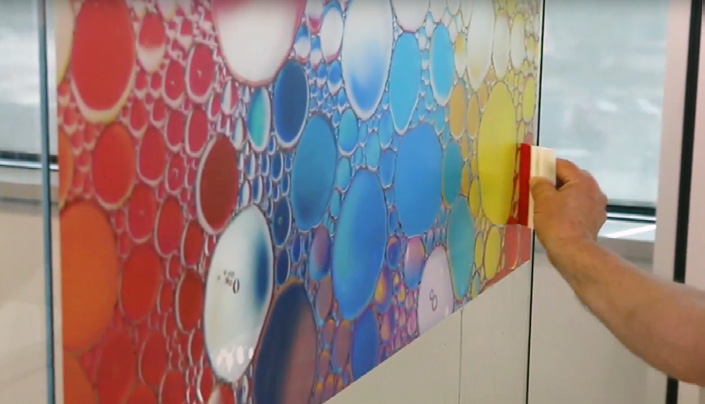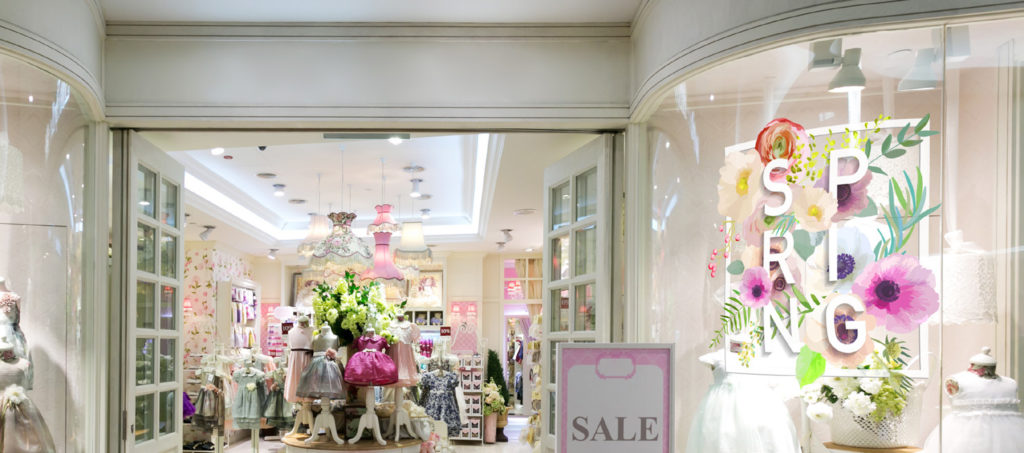
Wrapping a boat, in many ways is similar to wrapping a land vehicle. Some installers might say its actually easier because a wrap is applied in large panels, and there are no doors, windows and numerous other rivets and obstacles to worry about. Here are some popular questions and answers regarding boat wraps:
Q. Who is the typical Boat Wrap Customer?

Q. Does the vinyl differ from regular vinyl used to wrap land vehicles?
Vinyl manufacturers usually offer a selection of media specifically intended for marine use. Some manufacturers have products that can be used for both marine and land vehicle wraps. They will need to stand up to all of the harsh elements that a land wrap will encounter with the addition of the harsh effects of water and possibly salt. Check with the manufacturer to see their recommendations.
What type of vinyl is ideal for boat wraps?

Things to look for before choosing boat vinyl
- High-tack adhesive
- Permanent, non-damaging adhesive
- Long-term durability
- Good resistance to salts, alkalis, fuel, oils and greases
- Good fade resistance from UV exposure
What considerations should a designer take when creating a boat wrap?
Its important to take into consideration the complexity of the nose of the boat. Templates are flat and its difficult to visualize just how skewed the curve may be. If possible, print out the design and create a paper model of the boat to aid with visualization.




